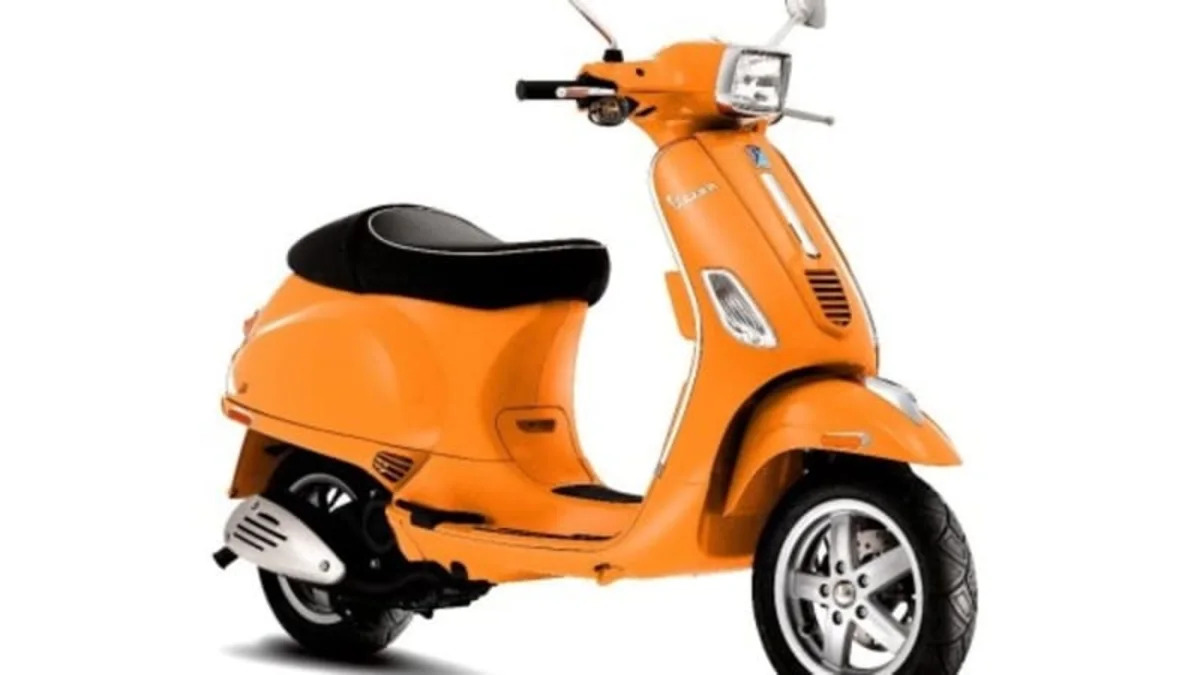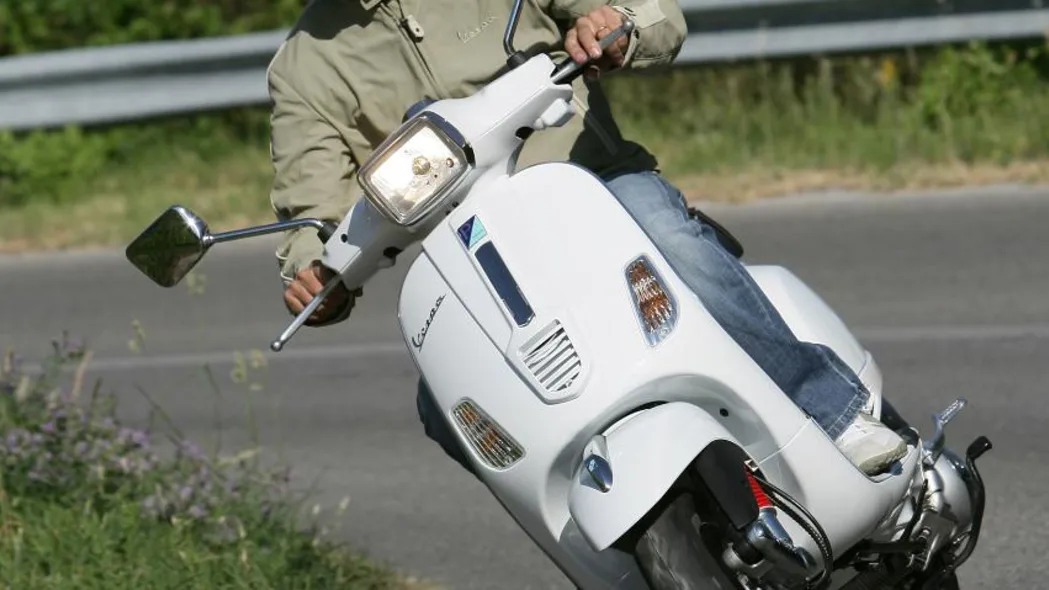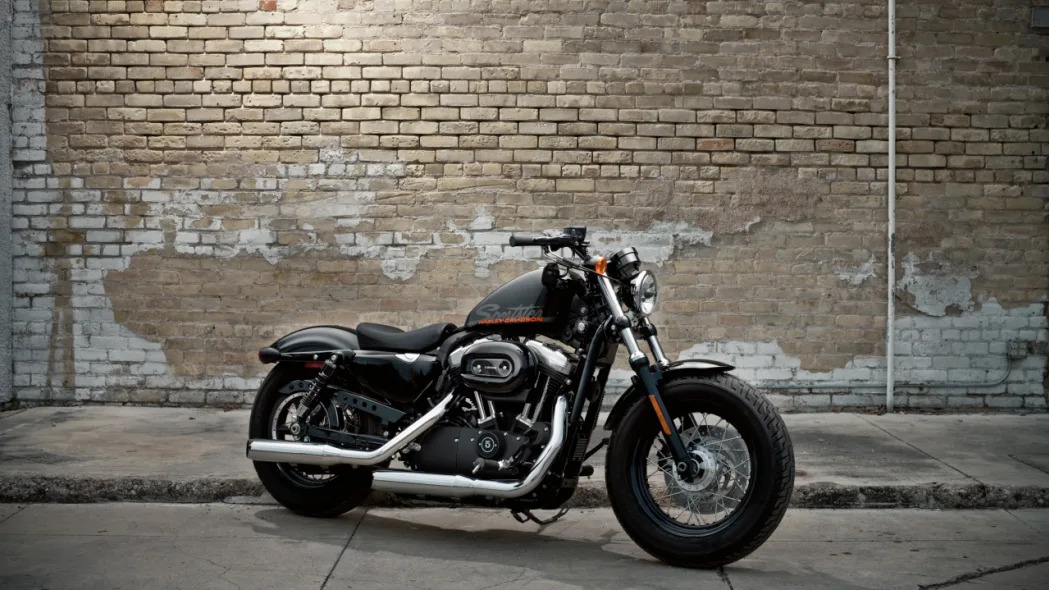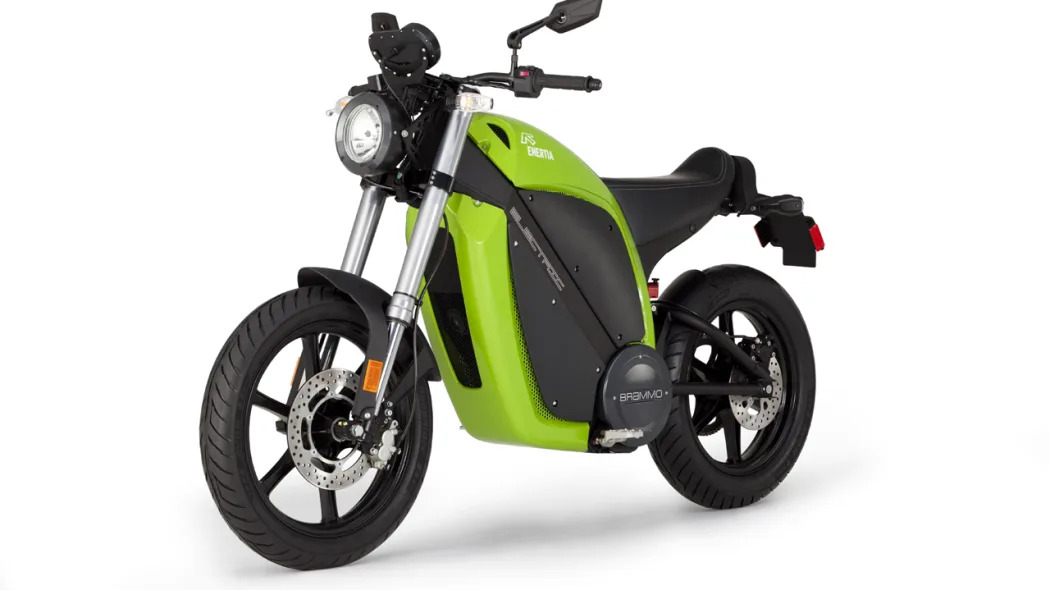Vespa S 50 – Click above for high-res image gallery
 So, you want to go green. There are many obvious ways to reduce your environmental impact, and one of them is by driving a cleaner, more fuel efficient vehicle. But that raises a number of questions, doesn't it? What are your choices when it comes to purchasing your next vehicle?
So, you want to go green. There are many obvious ways to reduce your environmental impact, and one of them is by driving a cleaner, more fuel efficient vehicle. But that raises a number of questions, doesn't it? What are your choices when it comes to purchasing your next vehicle?
One option that is often considered is a switch to two wheels. Surely, bicycles are a great way to get around and they don't require any harmful fossil fuels to do it. But there are certainly instances where pedaling your way to wherever it is you are going just isn't practical. What if that two-wheeler had an engine?
Ah yes, the motorcycle. It's surely an option to consider, but what are the environmental ramifications of choosing to ride instead of drive? That's the subject of today's Greenlings post. Click on past the break to hear some of the unexpected facts.
So, you're considering a switch to two wheels. Congratulations, and welcome to the club (this writer is a motorcycle rider himself.) Now, what kind of environmental impact will your shiny new motorcycle or scooter have on the environment? First, let's examine the various two-wheeled options.
First, there are scooters. These machines typically feature engines of 500cc or less, usually in the 150-250cc range and sometimes as small as a meager 50cc. It stands to reason that the smaller the engine, the less amount of fuel used... and that is in fact usually the case. But not always. Consider the fact that smaller engines need to work harder to deliver adequate performance, and there are certainly occasions where a smaller engine isn't more fuel efficient than a more relaxed powerplant that's less highly stressed. Do your homework there if fuel efficiency is of prime concern.
Also, consider that there are often two different types of small engines available, the two-stroke and the four-stroke. For the purposes of our article, we are going to focus in on four-stroke engines, which are almost always cleaner by an order of magnitude than their two-stroke cousins. If you're concerned with harmful emissions, we'd recommend steering clear of two-stroke engines, and that, sadly, means those super cool old Vespa and Lambretta scooters. They are powered by old-tech two-stroke engines and aren't so hot for the environment.
So, that leaves us with the four-stroke engine. This type of engine has been standard fare in motorcycles since Honda revolutionized the segment in the late 1960s and into the 1970s, so it's not difficult to find a good, reliable used motorcycle that will surely fit into your budget. And it should return very good fuel economy. Further, due to that generally stellar fuel efficiency, the average multi-cylinder motorcycle engine will emit much less carbon dioxide into the atmosphere than most cars and trucks. Therefore, if carbon emissions are your greatest and/or only concern, a motorcycle or scooter is an excellent choice.
But – and there's always a but – CO2 emissions are not the only aspect to consider. Motorcycles also generally use far less raw materials to create than cars and trucks and, since the majority of vehicles need to be shipped from a factory (which is oftentimes overseas), it's also important to note that it takes less fuel and creates less emissions to ship two-wheelers. Similarly, motorcycles and scooters take up much less space on the roads, easing congestion, limiting time spent at idle and lowering commute times.
Again, this is not the end of the story. Older motorcycles – those built before the mid-2000s – were, in many cases, not equipped with much in the way of emissions controls. Catalytic converters, computer-controls and electronic fuel injection were often absent from these two-wheelers. As such, they emit many times more pollutants like carbon monoxide, nitrogen oxides and hydrocarbons than the average automobile.
All around the world, though, emissions regulations for motorcycles are getting stricter. It's pretty tough to find motorcycles here in the United States or in Europe that aren't managed by sophisticated computers that constantly monitor the engine and its exhaust. Further, catalytic converters can be found on a great number of new motorcycles available on nearly any dealership floor. Soon, all road-legal two-wheelers will be so equipped.

2010 Harley-Davidson Forty-Eight – Click above for high-res image gallery
Still, these brand-new two-wheelers emit more of these pollutants (but not carbon dioxide) than new cars, in part because standards set by the various governments for two-wheelers aren't currently quite as stringent as those for four-wheelers. Even this, though, is dependent greatly on the type of driving (or riding, as it were) done by the pilot. At constant speeds, such as when traveling on the highway, motorcycles can compare rather favorably when it comes to both hydrocarbons and nitrogen oxides.
As you can see, this issue is a complicated one to dissect. That being the case, we'll make a few sweeping generalizations in the hopes that it may be helpful to some, but we suggest you do some of your own research before committing to any specific motorcycle or scooter.
First, if emissions are important to you, avoid two-stroke engines, especially classic (say, those built prior to the year 2000) models. Second, motorcycles are usually more fuel efficient than cars and therefore emit less carbon dioxide (a greenhouse gas) emissions. Third, the newer the motorcycle, the cleaner its emissions are likely to be.
Finally, if you are interested in a specific make or model of motorcycle, you can find the actual test result data from the Environmental Protection Agency by clicking here and opening the Certified Motorcycle Test Result Data report for the required model year. It's a comma-delimited report, so it's tough to read. The first line gives the order of the data, then you need to locate your make and model of bike and decipher the findings. Good luck!
Of course, there's one more category of two-wheelers to consider: electrics, such as those from Zero Motorcycles and Brammo. But we'll have to reserve that particular topic for another time.






Sign in to post
Please sign in to leave a comment.
Continue